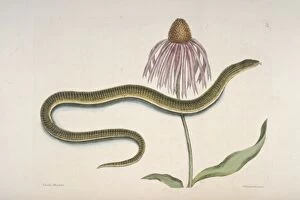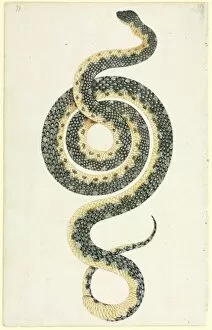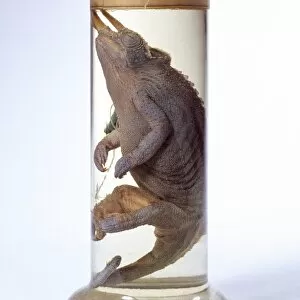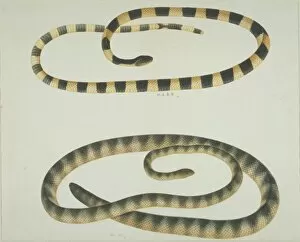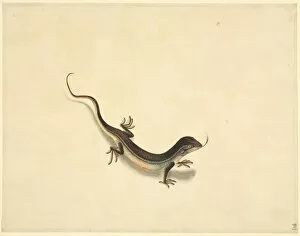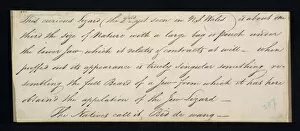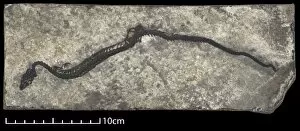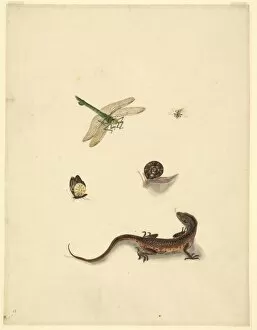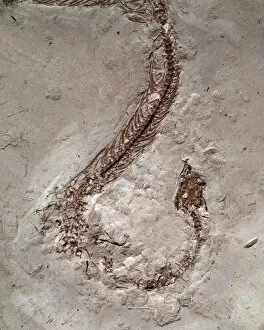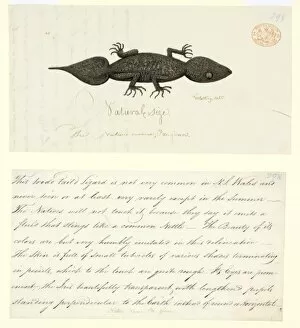Lepidosauria Collection (page 4)
Lepidosauria, a fascinating group of reptiles that includes the mighty Komodo Dragon -Varanus komodoensis-
All Professionally Made to Order for Quick Shipping
Lepidosauria, a fascinating group of reptiles that includes the mighty Komodo Dragon -Varanus komodoensis-, can be found in the enchanting Rinca Island within the breathtaking Komodo National Park, Indonesia. As we delve into the world of Lepidosauria, let your imagination take flight with a fantasy illustration featuring mesmerizing marine reptiles gliding through crystal-clear waters. Step back in time and marvel at the lifelike Crystal Palace Dinosaur Models, which bring these ancient creatures to life before your eyes. From the elegant Ahaetulla prasina, also known as the Short-nosed vine snake, to the graceful Ptychozoon kohli or flying gecko, Lepidosauria showcases an incredible diversity of species. Among them is Sceloporus asper, commonly known as spiny lizard. Its intricate scales and vibrant colors make it a true wonder of nature. Meanwhile, Mosasaur: Platycarpus ictericus takes us on an underwater journey where this prehistoric sea creature reigns supreme. Intriguingly enough, even within their own ranks there are tales of conflict and defense mechanisms. Witness one such moment captured in time – an unsuspecting intruder being swiftly ejected by a member of Lepidosauria's elite. Venturing further into this captivating realm brings us face-to-face with Bungarus fasciatus or Banded Krait. This venomous serpent commands respect with its striking appearance and potent venom. For those who appreciate historical treasures from centuries past, Plate 102 from the John Reeves Collection (Zoology) offers a glimpse into early studies on these remarkable reptiles. Additionally, Albertus Seba's meticulously crafted snake skeleton serves as a testament to mankind's enduring fascination with Lepidosauria throughout history.



